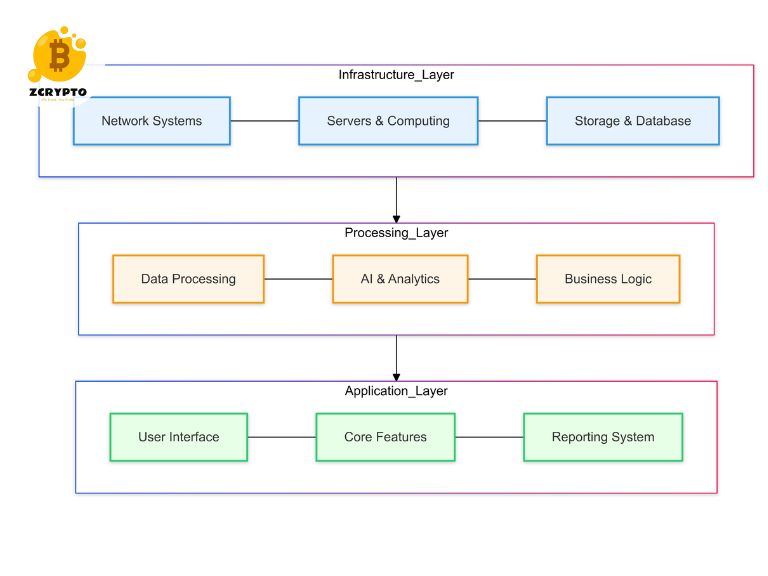What is Active Management?
Active management is an investment approach where professional money managers or teams actively make buy, hold, and sell decisions based on thorough research, analysis, and market outlook. The primary goal of active management is to outperform a designated benchmark or index, such as the S&P 500. Unlike passive management, which follows a set index without attempting to beat it, active managers strive to generate higher returns through their expertise and market insights.
Active managers use various tools and techniques to make their decisions. They conduct fundamental analysis to evaluate the financial health and growth potential of companies. They also employ technical analysis to identify patterns in stock prices and predict future movements. Additionally, quantitative tools are used to analyze large datasets and identify trends that might not be immediately apparent.
- Understanding Ability-to-Pay Taxation: How Income Levels Impact Your Tax Burden
- How Build-Operate-Transfer Contracts Revolutionize Infrastructure Financing and Investment
- Maximize Your Retirement Savings: A Comprehensive Guide to After-Tax Contributions
- Unlocking Arbitration in Finance: A Comprehensive Guide to Dispute Resolution in International Business
- What is Music NFT? Transforming Artist-Fan Relationships
Strategies of Active Management
Buying and Holding
One strategy within active management is the buy-and-hold approach. This involves purchasing stocks with the intention of holding them for an extended period, regardless of short-term market fluctuations. This strategy is particularly suitable for long-term investors who can ride out market volatility in pursuit of long-term growth.
Market Timing
Another strategy is market timing, where managers attempt to predict future market movements to buy or sell at opportune times. While this can be lucrative if done correctly, it is also highly challenging and risky. Predicting market trends accurately is difficult even for experienced professionals, making this strategy less reliable.
You are viewing: Unlocking Active Management: Strategies, Benefits, and Risks in Investment Portfolio Management
Active Portfolio Management
See more : Ultimate Guide to the 1040A Form: Eligibility, Income Limits, and Tax Credits
Active portfolio management involves frequent trades and continuous market analysis to generate higher returns. Managers use a combination of fundamental analysis, technical analysis, and quantitative tools to adjust the portfolio as needed. This approach requires constant monitoring and quick decision-making to capitalize on market opportunities.
Benefits of Active Management
One of the most significant benefits of active management is the potential to generate alpha, or excess returns above the market average. By actively selecting securities and adjusting the portfolio based on market conditions, managers can potentially outperform passive benchmarks.
Active management also provides diversification benefits, allowing managers to spread risk across different asset classes and sectors. This can reduce overall portfolio risk by minimizing exposure to any single market segment.
Additionally, active managers can implement tax-management strategies to minimize tax liabilities. For example, they might sell losing positions to offset gains from other investments or delay selling profitable positions until they qualify for long-term capital gains treatment.
Risks and Challenges of Active Management
While active management offers several benefits, it also comes with higher risks. One of the most significant risks is market risk, where the manager’s decisions could result in underperformance compared to the benchmark. This risk is exacerbated by the fact that no one can consistently predict market movements with certainty.
Another challenge is the higher costs and fees associated with active management. Unlike passive funds that have lower expense ratios due to their automated nature, actively managed funds charge more for the expertise and effort involved in managing them.
Human biases also play a role in active management. Managers are not immune to emotional decisions based on fear or greed, which can lead to suboptimal choices. Continuous market monitoring is necessary but demanding, requiring constant vigilance and adaptability.
Comparison with Passive Management
Passive management, on the other hand, involves tracking a specific index without attempting to beat it. This approach is simpler and less costly than active management because it does not require constant research or trading activities.
Passive funds typically have lower expense ratios because they do not need to pay for professional managers’ expertise. However, passive management means accepting whatever returns the tracked index provides without any attempt to outperform it.
Real-World Examples and Case Studies
There are several examples of actively managed funds that have successfully outperformed their benchmarks over time. For instance, the Fidelity Blue Chip Growth Fund has been known for its strong performance under experienced portfolio managers who have made savvy investment decisions.
These examples highlight the importance of having skilled professionals at the helm of actively managed funds. Experienced managers bring valuable insights and expertise that can make a significant difference in investment outcomes.
Managing Risk in Active Management
To manage risk effectively in active management, managers use various strategies such as hedging, short selling, and using derivatives. Hedging involves taking positions that offset potential losses from other investments. Short selling allows managers to profit from declining stock prices by selling shares they do not own with the expectation of buying them back at a lower price later.
Managers also have the flexibility to adjust portfolio exposure quickly to mitigate risks. For example, if a particular sector appears risky due to economic conditions or other factors, an active manager can reduce exposure to that sector by selling relevant stocks or bonds.
Source: https://summacumlaude.site
Category: Blog







